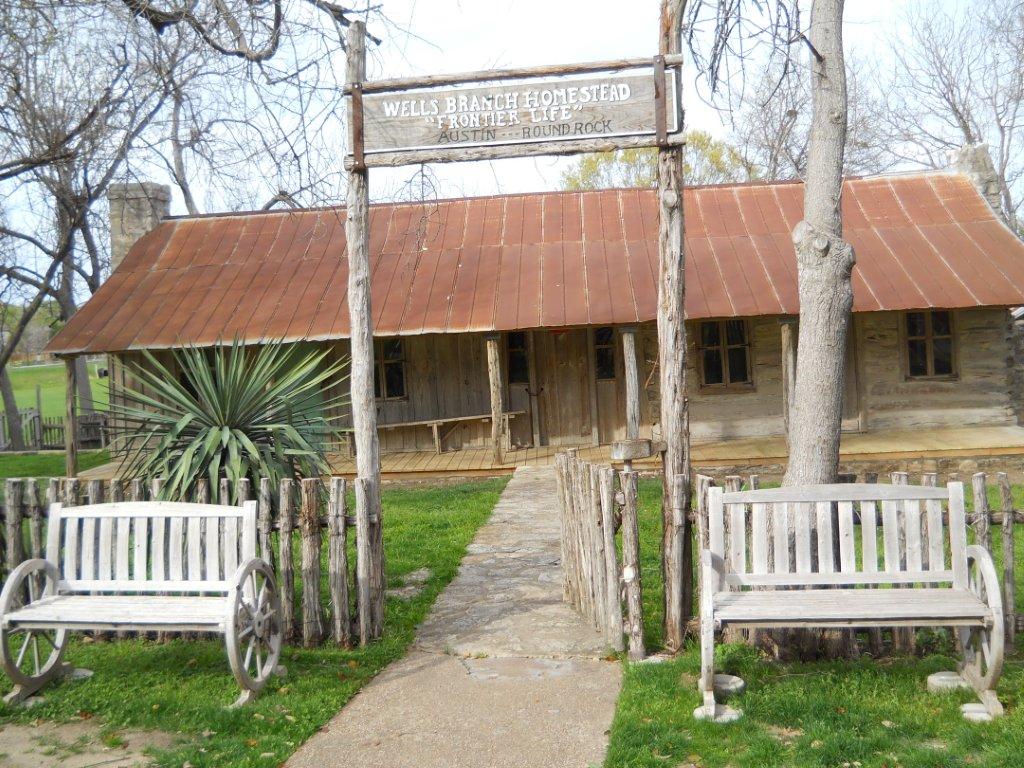Tomorrow, 8/16/2012, the Homestead will host a summer camp with activities using the letters R and S. The campers will be divided into two groups: the Redskins and the Rangers. Then they will proceed with R & S activities such as coloring the rare, rodent rat seen below. Have you ever seen one? Probably not. The Rangers and Redskins might also sing in rounds, roll down the hill, do a sack race, walk on stilts, shell some corn seed, find cotton seeds, and learn about the recluse spider...and much more. It really is fun to pretend to be a kid in the 1850's. But we know it also was work, work, work from sunrise to sunset: sewing, raking, rolling, racing, running, singing, riding, rocking, sowing scurrying, seeing, doing riddles ...and sometimes... be silent... listening. What would you hear?
The Mammals of Texas - Online Edition
Texas Kangaroo Rat
Order Rodentia : Family Heteromyidae : Dipodomys elator Merriam
 Description. A rather large, four-toed
kangaroo rat with conspicuous white "banner" on
tip of tail; tail long, relatively thick, and about 162%
of length of head and body; body large (about 121 mm in
length); upperparts buffy, washed with blackish;
underparts white. This species superficially resembles Dipodomys
spectabilis, but cranial
differences readily separate them, and their
distributions are disjunct. External measurements
average: total length, 317 mm; tail, 196 mm; hind foot,
46 mm. Dental formula as in Perognathus flavescens.
Description. A rather large, four-toed
kangaroo rat with conspicuous white "banner" on
tip of tail; tail long, relatively thick, and about 162%
of length of head and body; body large (about 121 mm in
length); upperparts buffy, washed with blackish;
underparts white. This species superficially resembles Dipodomys
spectabilis, but cranial
differences readily separate them, and their
distributions are disjunct. External measurements
average: total length, 317 mm; tail, 196 mm; hind foot,
46 mm. Dental formula as in Perognathus flavescens.Habits. The Texas kangaroo rat is a rare rodent with habitat preferences unusual for a kangaroo rat. It lives on clay soils supporting sparse, short grasses and small, scattered mesquite bushes. The rats make trails leading to their burrows, which invariably enter the ground at the base of a small mesquite, often in such fashion that one root of the mesquite forms the top or side of the opening. Scratching and dusting places, so characteristic of other species of kangaroo rats, are inconspicuous. The burrow is similar to that of the Ord’s kangaroo rat, but usually it is shorter and the animal does not plug the entrances during the daytime. Highly nocturnal, these kangaroo rats do not become active until complete darkness and reportedly cease activity on moonlit nights.
D. elator feeds on the seeds, stems, and leaves of grasses, forbs, and some perennials. Analysis of material recovered from the cheek pouches of 52 kangaroo rats showed that the seeds of cultivated oats (Avena) and Johnson grass (Sorghum) were the most important food items, followed by annual forbs such as stork’s bill (Erodium), broomweed (Xanthocephalum), and bladderpod (Lesquerella). Shrubs and insects were not greatly utilized for food. They store food to carry them over periods of scarcity, as do most other kangaroo rats.
D. elator may breed year round. Pregnant females have been collected in February, June, July, and September. The young appear to develop rapidly as subadult females collected in late summer have also been pregnant. Two peaks in reproductive activity — in early spring and again in late summer — may occur as mature females give birth early in the year, and their rapidly developing young become reproductively active in late summer. Average number of embryos is three.
Remarks. The Texas kangaroo rat is listed as "threatened" by the Texas Parks and Wildlife Department. The primary threat is the clearing of the mesquite brush to which it is restricted.
Photo courtesy of Texas Parks and Wildlife.


